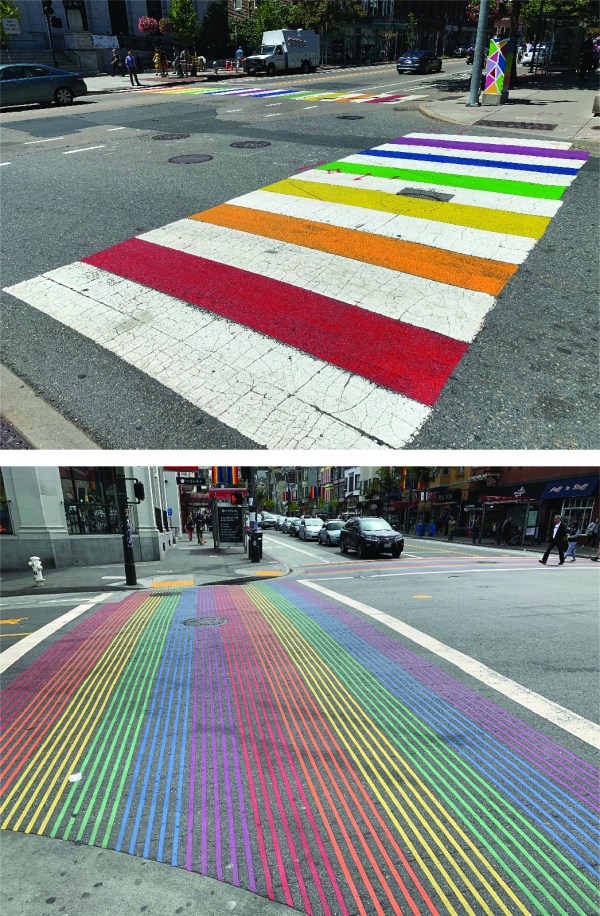The editors of Town Planning Review have selected ‘Rainbow diaspora: the emerging renaissance of gay neighbourhoods’ by Alex Bitterman as the Featured Article for Town Planning Review 91.2.
The paper will be free to access for a limited time here.
Also read a related Viewpoint in Town Planning Review 90.3, ‘Effects of gentrification and real-estate market gentrification on gay neighborhoods’ written by Daniel B. Hess.
When asked to describe the paper and highlight its importance, the author stated the following:
Gay neighbourhoods are comprised of urban space that is inclusive and welcoming to LGBT+ residents, visitors, and businesses. Sometimes termed ‘gaybourhoods,’ these places have been recognizable for approximately 75 years and are pivotal in the continuing struggle of LGBT+ individuals for equal opportunities and civil rights. Over the past few decades (and especially as a post-binary gender-identity becomes increasingly more normalized,) the need and demand for gay neighbourhoods appears to be shifting. However, the reasons for these shifts are not readily apparent and future trajectories of these urban spaces are neither easily predictable nor linear.
The evolution of gay neighbourhoods and the impacts that have shifted the perceived desirability of culturally and historically significant gay neighbourhoods are examined in this viewpoint. The author argues that decrying the decline or death of gay neighbourhoods may be premature and suggests that an intra-urban LGBT diaspora may be transforming urban sexualized space.
Gay neighbourhoods throughout history have often appeared to be at the forefront of change, evolution, and adaptation. The diversity and vitality of gay culture, claims the author, is sometimes mischaracterized as a byproduct of gay neighborhoods, when in fact a more complex and synergistic relationship exists. Ironically, the vibrancy of gay neighbourhoods has cultivated a demand and desirability for these spaces beyond LGBT+ residents and visitors. As a result, in several cities, long-established gaybourhoods have been gentrified or hyper- gentrified, which has effectively squeezed out LGBT+ businesses, residents, citizens, and visitors. Ultimately, this shift in LGBT+ population has resulted in the emergence of several new but smaller gay enclaves elsewhere in these same cities away from the established gay neighborhood. The author argues, this phenomena is a sort of diaspora as these ‘seed communities’—formative, place-based clusters that are at this point too small to be considered distinct LGBT+ neighbourhoods—are the potential starting points for the next generation of urban gay communities.
The aim of this viewpoint is to underscore the importance of these spaces for scholarly consideration, study, and discussion. The viewpoint presents a new perspective for considering the cultural importance and relevance of gay neighborhoods that moves the discussion beyond gayborhoods considered as marginal urban space. The author notes, ‘because ‘homonormative’ is non-extant, gay neighborhoods embody the diverse and inclusive spectrum that encompasses the unwieldy LGBTQIA+ moniker best defined simply by being ‘not heteronormative.’ These spaces, therefore, become doubly important because they contextualize and define the social acceptance of generations of LGBT individuals, and the evolution of the struggle for gay rights in the broader context of shifting social attitudes and economic changes.’

